The Critical Role of Reservoir Characterization in Understanding A Reservoir
Reservoir characterization involves the detailed analysis and description of a reservoir’s properties. It provides essential information for making informed decisions about the development and management of hydrocarbon resources. Understanding the geological, petrophysical, and fluid characteristics of a reservoir can help optimize production, reducing costs, and enhancing recovery.
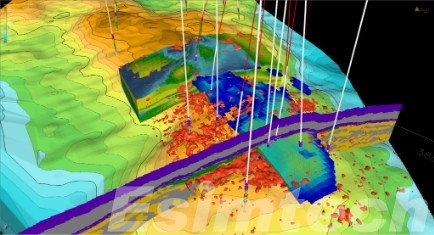
Key Components of Reservoir Characterization
1. Geological Characterization
Geological characterization involves studying the reservoir’s rock formations, structure, and depositional environments. This component provides the foundation for understanding the reservoir’s architecture and the distribution of its properties.
- Sedimentology: Sedimentology examines the processes and environments that formed the reservoir rocks. By analyzing sedimentary structures, grain size distribution, and depositional patterns, sedimentologists can predict the distribution and quality of reservoir rocks.
- Structural Geology: Structural geology focuses on the analysis of faults, folds, and fractures within the reservoir. These structural features significantly influence fluid flow and storage capacity. Understanding the geometry and connectivity of these features is crucial for developing accurate reservoir models.
- Geophysical Methods: Geophysical techniques, particularly seismic surveys, provide detailed images of the subsurface. Seismic data help delineate the reservoir’s extent, identify potential hydrocarbon traps, and reveal the complexity of the subsurface structures. Advanced seismic imaging, such as 3D and 4D seismic surveys, offers high-resolution insights into the reservoir’s architecture.
2. Petrophysical Characterization
Petrophysical characterization focuses on the physical and chemical properties of the reservoir rocks. This component provides critical data on the reservoir’s ability to store and transmit fluids.
- Porosity: Porosity is a measure of the void spaces in the rock, indicating its capacity to store hydrocarbons. Accurate porosity measurements are essential for estimating hydrocarbon volumes in place.
- Permeability: Permeability measures the ease with which fluids can flow through the rock. High permeability indicates good fluid flow characteristics, essential for efficient production. Permeability is influenced by factors such as pore size, shape, and connectivity.
- Rock Mechanics: Rock mechanics studies the mechanical behavior of reservoir rocks under various stress conditions. Understanding rock strength, deformation, and fracture properties is vital for wellbore stability, hydraulic fracturing, and reservoir management.
- Electrical Properties: Electrical properties, such as resistivity and conductivity, provide insights into the fluid saturation and distribution within the reservoir. Well logging tools measure these properties to identify hydrocarbon-bearing zones and evaluate reservoir quality.
3. Fluid Characterization
Fluid characterization involves analyzing the properties of the hydrocarbons and formation waters within the reservoir. This component is essential for understanding fluid behavior and designing effective production strategies.
- Fluid Composition: Determining the types of hydrocarbons present (oil, gas, condensate) and their properties (density, viscosity, etc.) is crucial for predicting production performance and designing processing facilities.
- Phase Behavior: Phase behavior studies how reservoir fluids change under varying pressure and temperature conditions. Understanding phase transitions, such as gas condensate dropout or oil phase separation, is vital for optimizing production and surface processing.
- PVT Analysis: Pressure-Volume-Temperature (PVT) analysis provides critical data on fluid properties and behavior. PVT studies help in modeling reservoir performance, designing production equipment, and optimizing recovery methods.
- Formation Water Analysis: Analyzing the chemical composition of formation water helps identify potential issues related to scaling, corrosion, and reservoir souring. It also aids in designing water management and treatment strategies.
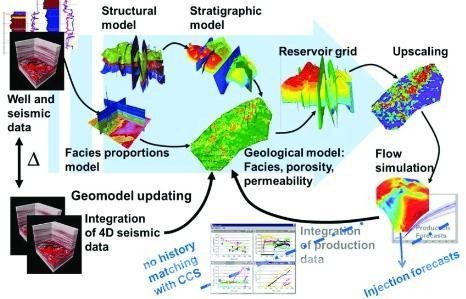
Advanced Techniques in Reservoir Characterization
Reservoir characterization has evolved significantly with advancements in technology, providing more accurate and detailed insights into subsurface reservoirs. These advanced techniques enhance the ability to predict, analyze, and optimize reservoir performance.
1. 3D Seismic Imaging
3D seismic imaging is a powerful geophysical technique that provides high-resolution images of the subsurface, revealing the structure and stratigraphy of reservoirs.
- Seismic Surveys: 3D seismic surveys capture a three-dimensional view of the subsurface, allowing geoscientists to map reservoir boundaries, identify faults and fractures, and detect hydrocarbon traps with greater accuracy.
- 4D Seismic Monitoring: Also known as time-lapse seismic, 4D seismic monitoring involves repeated seismic surveys over time to observe changes in the reservoir due to production activities. This technique helps in monitoring fluid movement, identifying bypassed hydrocarbons, and optimizing recovery strategies.
- Seismic Inversion: Seismic inversion converts seismic reflection data into quantitative rock property models. This process enhances the understanding of reservoir properties such as porosity, lithology, and fluid saturation, leading to more accurate reservoir characterization.
2. Geostatistical Modeling
Geostatistical modeling integrates geological, petrophysical, and fluid data to create comprehensive reservoir models that account for spatial variability and uncertainty.
- Variogram Analysis: Variogram analysis is used to quantify spatial relationships and variability in reservoir properties. It helps in constructing realistic geological models that reflect the heterogeneity of the reservoir.
- Stochastic Simulation: Stochastic simulation generates multiple realizations of the reservoir model, capturing the range of possible scenarios. This approach allows for uncertainty assessment and risk analysis in reservoir characterization and decision-making.
- Kriging: Kriging is a geostatistical interpolation technique that estimates reservoir properties at unsampled locations based on known data points. It provides a statistically optimal estimate of reservoir properties, enhancing model accuracy.
3. Well Logging and Core Analysis
Well logging and core analysis provide direct measurements of reservoir properties, offering valuable insights into rock and fluid characteristics.
- Advanced Logging Tools: Modern well logging tools, such as nuclear magnetic resonance (NMR) logs, dielectric logs, and formation imaging tools, provide detailed information on porosity, permeability, fluid saturation, and rock fabric. These tools enhance the accuracy of petrophysical characterization.
- Core Analysis: Core samples extracted from the reservoir are subjected to laboratory analysis to measure properties such as porosity, permeability, grain size distribution, and mineral composition. Core analysis provides ground-truth data for calibrating and validating logging measurements and reservoir models.
- Digital Rock Physics: Digital rock physics involves creating high-resolution digital models of rock samples using techniques like micro-CT scanning. These models enable detailed analysis of pore structure and fluid flow properties, improving the understanding of reservoir behavior.
4. Reservoir Simulation
Reservoir simulation uses numerical models to predict fluid flow and behavior within the reservoir, helping in the optimization of production strategies.
- Flow Simulation: Flow simulation models the movement of fluids (oil, gas, water) within the reservoir over time. By simulating various production scenarios, operators can evaluate the impact of different development strategies and optimize recovery.
- Enhanced Oil Recovery (EOR) Simulation: Enhanced oil recovery simulation models the effectiveness of advanced recovery techniques such as water flooding, gas injection, or chemical flooding. These simulations help in designing and implementing EOR projects to maximize recovery.
- History Matching: History matching involves calibrating the simulation model by adjusting reservoir parameters until the model’s output matches historical production data. This process improves the accuracy of reservoir predictions and enhances confidence in future forecasts.
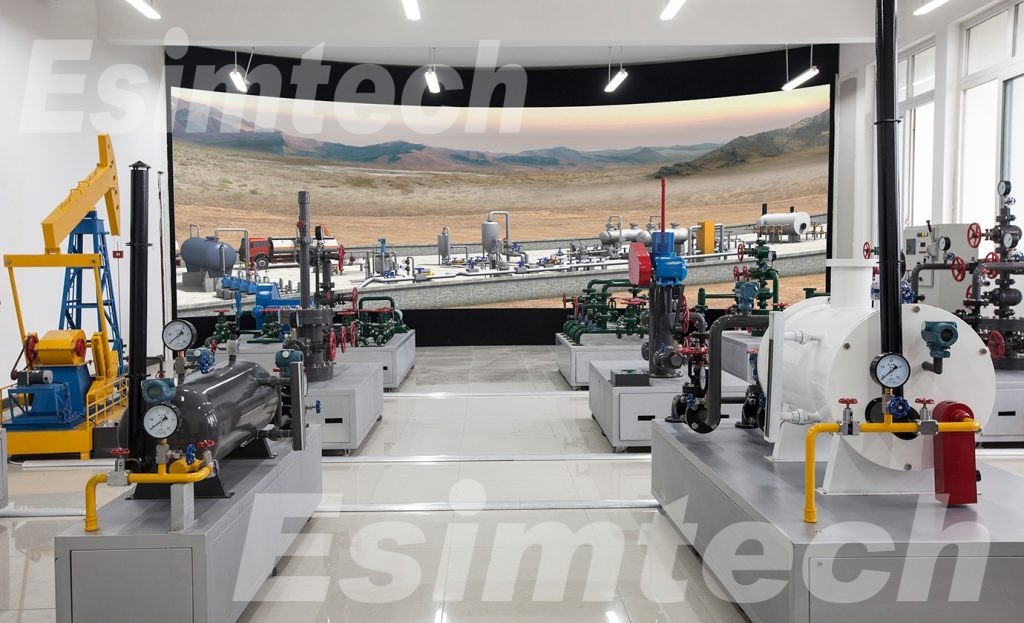
5. Machine Learning and Artificial Intelligence
Machine learning (ML) and artificial intelligence (AI) are increasingly being applied to reservoir characterization to analyze large datasets and identify patterns that traditional methods might miss.
- Data Integration: ML algorithms can integrate and analyze diverse datasets from seismic surveys, well logs, core analysis, and production data to identify correlations and trends. This integration enhances the understanding of complex reservoir systems.
- Predictive Modeling: AI techniques, such as neural networks and deep learning, can create predictive models that forecast reservoir behavior under various conditions. These models help in optimizing production strategies and improving decision-making.
- Automated Interpretation: AI-driven tools can automate the interpretation of seismic data, well logs, and other reservoir data, reducing the time and effort required for analysis and increasing the accuracy of reservoir characterization.
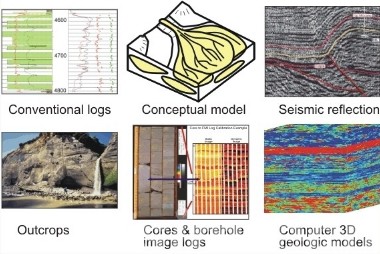
Applications of Reservoir Characterization in the Oil and Gas Industry
| Application | Description | Benefits |
| Exploration | Identifying prospective hydrocarbon zones and assessing their potential. | Informed decision-making on drilling prospects Reduced exploration risk Targeted exploration efforts |
| Appraisal | Estimating reserves and planning development strategies based on detailed reservoir analysis. | Accurate reserve estimationOptimized development plansBetter financial planning |
| Field Development Planning | Designing efficient field development plans, including well placement, drilling strategies, and production techniques. | Enhanced recovery efficiency 2. Reduced development costs 3. Improved production rates |
| Production Optimization | Continuously monitoring and adjusting production operations to maximize recovery and efficiency. | Increased recovery rates Extended reservoir life Real-time operational adjustments |
| Enhanced Oil Recovery (EOR) | Implementing enhanced oil recovery techniques such as water flooding, gas injection, or chemical flooding. | Maximized hydrocarbon recovery 2. Improved sweep efficiency 3. Increased profitability |
| Reservoir Management | Managing reservoir performance over its lifecycle to ensure sustainable and efficient production. | Long-term production optimization Reduced operational risks Enhanced decision-making |
| Risk Assessment and Mitigation | Identifying and mitigating risks associated with reservoir development and production. | Improved safety Minimized environmental impact 3. Reduced financial risk |
| Unconventional Resources | Characterizing and developing unconventional resources such as shale gas, tight oil, and coalbed methane. | Effective development of unconventional playsEnhanced recovery techniques Economic viability |
| Environmental Monitoring | Monitoring the environmental impact of reservoir development and production activities. | Compliance with regulations Reduced environmental footprint 3.Sustainable resource management |
| Reservoir Connectivity Analysis | Understanding the connectivity of reservoir compartments and flow units. | Improved reservoir management 2. Enhanced production planning 3. Efficient resource utilization |
| Economic Evaluation | Conducting economic evaluations based on detailed reservoir data to inform investment decisions. | Informed investment decisions 2. Optimized financial performance 3. Risk-informed capital allocation |
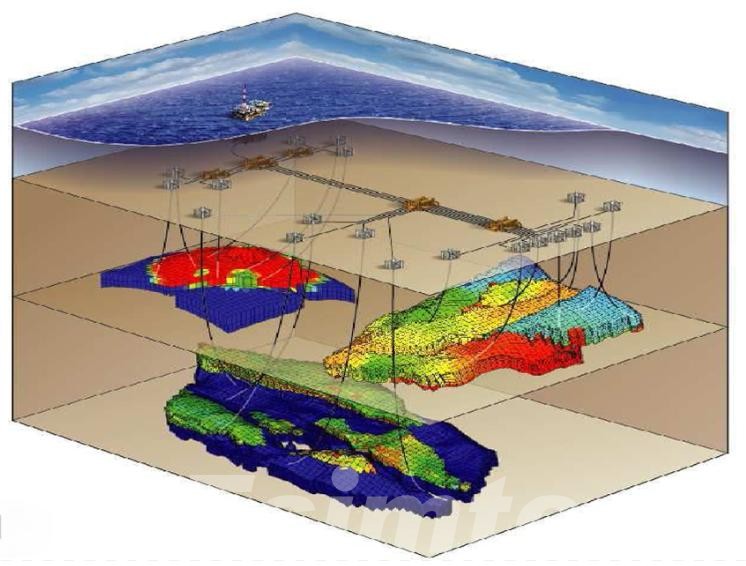
Challenges in Reservoir Characterization
These challenges arise due to the complex and heterogeneous nature of reservoirs, limitations in data acquisition and interpretation, and technological constraints.
1. Data Integration
- Diverse Data Types: Integrating various types of data, including geological, petrophysical, geophysical, and fluid properties, can be complex due to differences in scale, resolution, and accuracy.
- Data Consistency: Ensuring data consistency and coherence across different datasets is crucial for reliable reservoir models. Inconsistent or erroneous data can lead to inaccurate characterizations.
- Data Volume and Quality: The sheer volume of data generated from multiple sources can be overwhelming. Additionally, ensuring the quality and reliability of the data is a significant challenge.
2. Uncertainty and Risk Management
- Subsurface Uncertainty: The subsurface environment is inherently uncertain due to limited direct observations. This uncertainty affects predictions of reservoir properties and behavior.
- Risk Assessment: Accurately assessing and managing risks related to reservoir performance and development is challenging. Uncertainty in reservoir properties can lead to suboptimal decisions and financial losses.
- Modeling Uncertainty: Variability in input data and assumptions used in reservoir models can result in a wide range of outcomes, complicating decision-making processes.
3. Technological Limitations
- Resolution and Accuracy: Limitations in the resolution and accuracy of seismic and logging tools can hinder the ability to accurately characterize small-scale reservoir features.
- Complex Reservoirs: Characterizing complex reservoirs, such as those with significant heterogeneity, fractured systems, or unconventional resources, requires advanced technologies and methodologies that are still evolving.
- Computational Challenges: High-resolution reservoir simulations and models require significant computational power and resources, which can be a limiting factor.
4. Geological Complexity
- Heterogeneity: Reservoirs are often highly heterogeneous, with variations in rock properties, fluid distributions, and structural features that complicate characterization efforts.
- Faults and Fractures: Accurately identifying and modeling faults and fractures, which can significantly impact fluid flow, is challenging but essential for effective reservoir management.
- Stratigraphic Complexity: Understanding the stratigraphic variations and their impact on reservoir quality and continuity is critical but difficult, especially in complex depositional environments.
5. Economic and Operational Constraints
- Cost of Data Acquisition: Acquiring high-quality data through seismic surveys, well logging, and core sampling can be expensive, particularly in remote or challenging environments.
- Operational Challenges: Operational issues, such as limited access to wells, safety concerns, and environmental regulations, can constrain data acquisition and reservoir characterization efforts.
- Budget and Time Constraints: Limited budgets and tight project timelines often restrict the extent and depth of reservoir characterization studies, potentially compromising the quality of the results.
6. Environmental and Regulatory Challenges
- Environmental Impact: Minimizing the environmental impact of data acquisition and reservoir development activities is crucial, requiring careful planning and management.
- Regulatory Compliance: Ensuring compliance with environmental regulations and standards can add complexity to reservoir characterization efforts, particularly in sensitive or protected areas.
7. Human and Organizational Factors
- Expertise and Skills: Reservoir characterization requires a high level of expertise in various disciplines. A shortage of skilled professionals can limit the effectiveness of characterization efforts.
- Interdisciplinary Collaboration: Effective reservoir characterization necessitates collaboration among geologists, geophysicists, petrophysicists, reservoir engineers, and other specialists. Coordinating and integrating input from diverse disciplines can be challenging.
- Knowledge Transfer: Ensuring that knowledge and insights gained from reservoir characterization are effectively transferred within an organization and used to inform decision-making is critical.
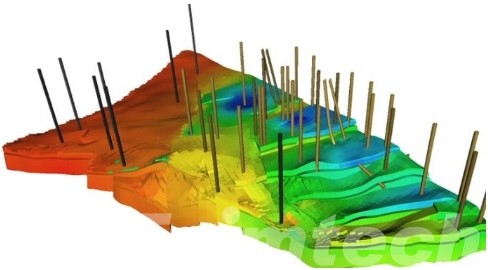
Accurately characterizing reservoir properties, the oil and gas industry can optimize hydrocarbon recovery, enhancing production efficiency.
